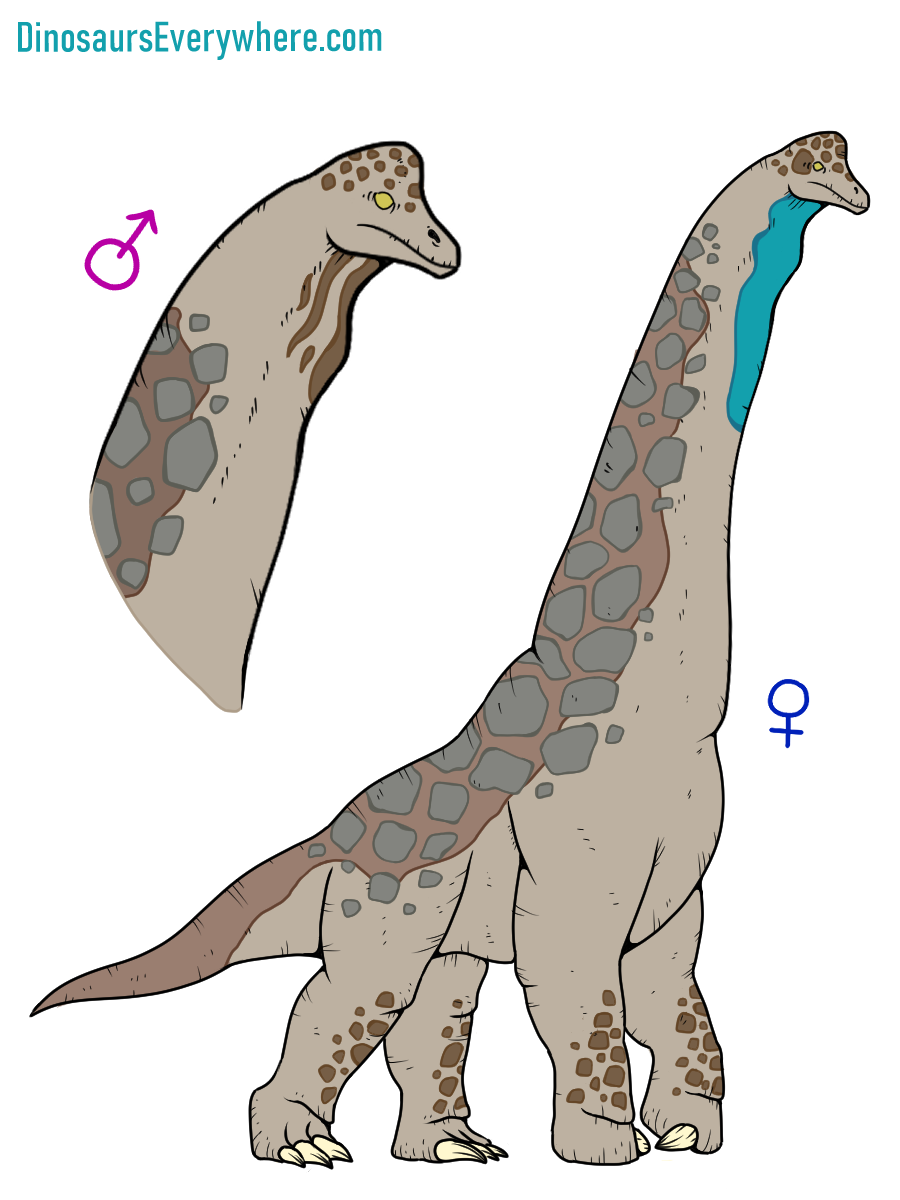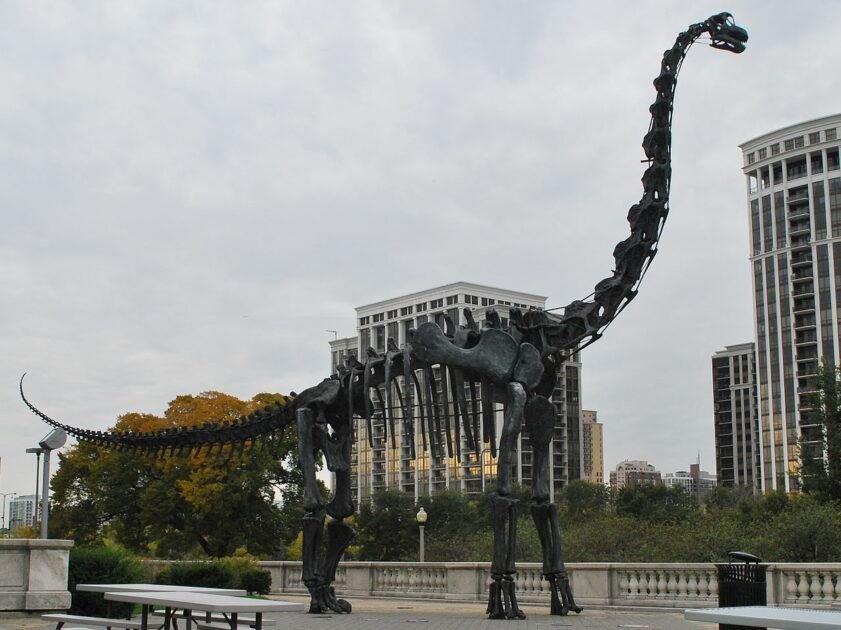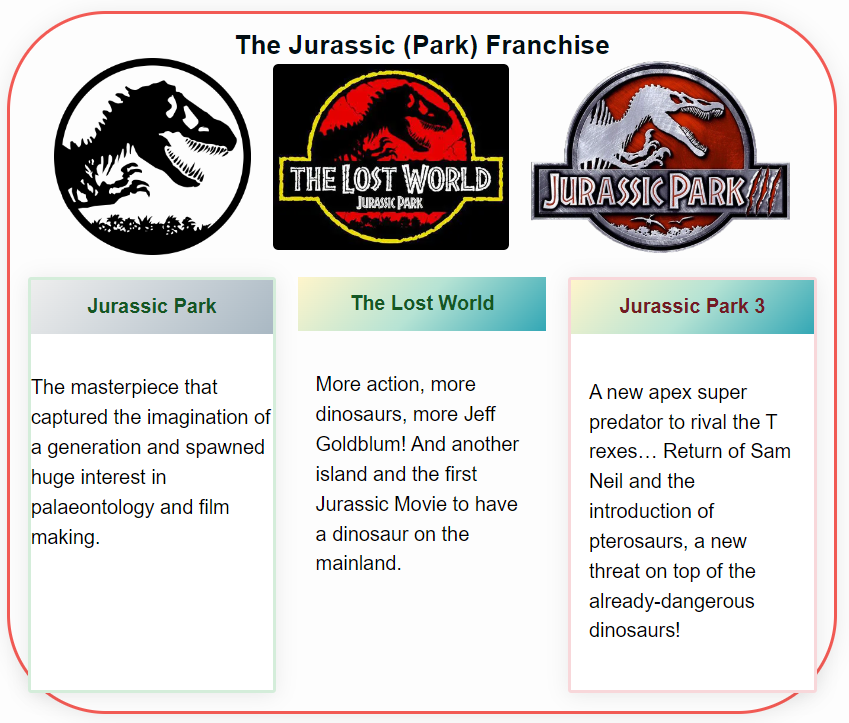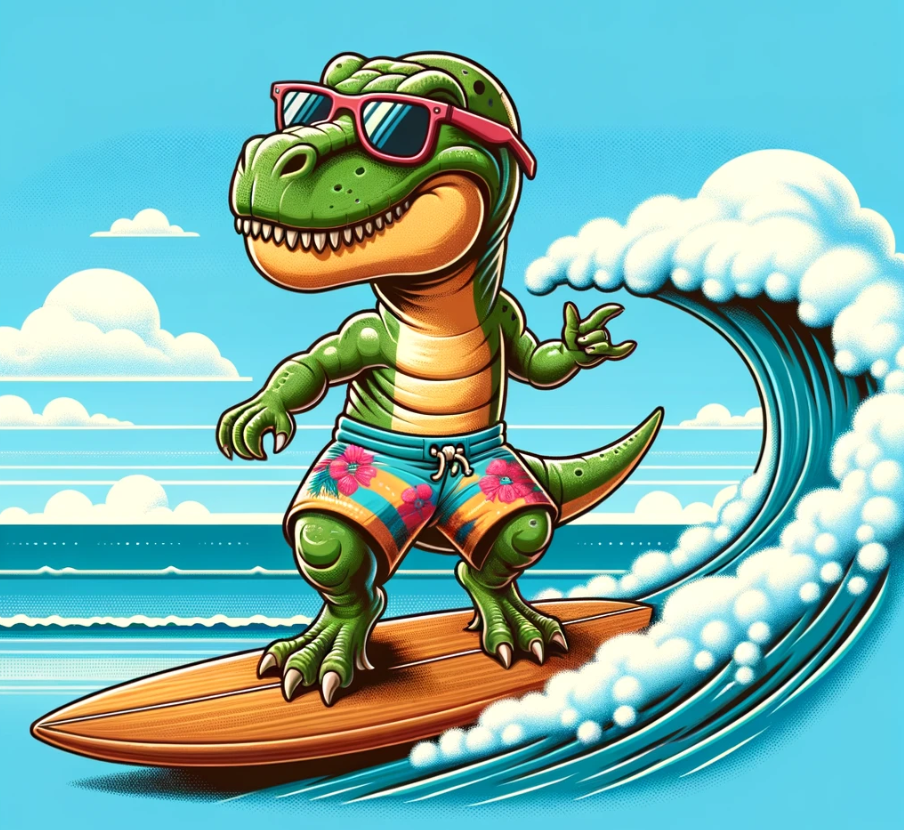The Towering Giant of the Jurassic World
Among the grandeur of Earth’s prehistoric past, Brachiosaurus stands as an emblem of colossal proportions. This magnificent dinosaur, part of the sauropod family, left an indelible mark on the Jurassic landscape.
Here you can find out about the discovery, characteristics, habitat, and significance of Brachiosaurus, a true titan of the dinosaur kingdom.
The Brachiosaurus has to be one of the most obvious, greatest examples of a Dinosaur. Even though it’s vastly different to the other types of Dinosaur such as Tyrannosaurus Rex, Triceratops or Stegosaurus, there is still nothing quite like it living in modern times.
One of the most iconic representations of this sauropod was in one of the best movies of all time, Jurassic Park where the characters saw their first living, breathing Dinosaur on Isla Nublar.
Another famous fictional sauropod was Littlefoot, who I thought for a long time was a Brachiosaurus but this juvenile cartoon dinosaur was, in fact, an Apatosaurus.
Did You Know?
In the Jurassic Park franchise, the primary island where the events of Jurassic Park, the Lost World: Jurassic Park and Jurassic World & Jurassic World: Fallen Kingdom took place are bookmarked by the Brachiosaurus.
The first Dinosaur they come across was a free roaming Brachiosaurus eating from a tree. Later on all the way in the second movie of the second Jurassic World movie and fifth Jurassic Park movie, Jurassic World: Fallen Kingdom, the last Dinosaur left on Isla Nublar is the Brachiosaurus.
Although neatly bookmarked, the former in Jurassic Park is sunny and delightful, whereas the latter in Fallen Kingdom is far from delightful, the island is being destroyed by its resident volcano and the Brachiosaurus is seen by the movie’s characters trying to escape but left to die. Not for the fainthearted, it must be one of the saddest moments of the whole JP franchise…
Brachiosaurus Family Tree and Closest Relatives
| Superfamily/Infraorder | Family | Subfamily/Genus | Species | Close Relatives |
|---|---|---|---|---|
| Macronaria | Brachiosauridae | Brachiosaurinae | Brachiosaurus altithorax | Giraffatitan, Abydosaurus |
| Brachiosaurus brancai | ||||
| Brachiosaurus nougaredi | ||||
| Brachiosaurus atalaiensis |
- Superfamily/Infraorder: The larger taxonomic group that includes Brachiosaurus.
- Family: The family to which Brachiosaurus belongs (Brachiosauridae).
- Subfamily/Genus: Further classification within the family.
- Species: Specific species within the genus Brachiosaurus.
- Close Relatives: Other dinosaurs closely related to Brachiosaurus.
Please note that the genera Giraffatitan and Abydosaurus are considered close relatives within the subfamily Brachiosaurinae. There may be additional relatives or other changes since this was published, though we do try to keep it updated and fairly simple!
Discovery and Fossils
Brachiosaurus made its debut in the annals of paleontology in the early 20th century when fossils were first discovered in the western United States. In 1903, the American paleontologist Elmer Riggs officially named and described this immense dinosaur. The name “Brachiosaurus” is derived from the Greek words “brachion” (meaning arm) and “sauros” (meaning lizard), reflecting its distinctive long front limbs, which were longer than its hind limbs.
Fossil remains of Brachiosaurus include fragmentary skeletons and individual bones, some of which are among the largest dinosaur fossils ever found. These impressive finds have allowed scientists to piece together a reasonably detailed picture of this gigantic dinosaur.
Brachiosaurus Skeleton
The skeleton of brachiosaurs, such as Brachiosaurus altithorax, reveals distinctive features that set them apart within the dinosaur kingdom. Characterized by a towering neck and a unique upright posture, the brachiosaur skeleton showcases elongated front limbs, exceeding the length of their hind limbs. This adaptation allowed them to reach vegetation at towering heights, accessing a niche unavailable to other herbivores. The robust limb bones, featuring large vertebrae and sturdy limb elements, supported the colossal weight of these giants. With a long tail counterbalancing their massive bodies and a skull positioned high on the neck, the brachiosaur skeleton exemplifies an evolutionary strategy finely tuned for life in Late Jurassic ecosystems.
Characteristics of Brachiosaurus
Brachiosaurus was a true giant of the dinosaur world. It lived during the Late Jurassic period, around 154 to 153 million years ago. What set Brachiosaurus apart from other sauropods was its unique body structure. It featured an exceptionally long neck, towering up to 30 feet (9 meters), and its front legs were significantly longer than the hind legs. This gave Brachiosaurus a distinctive upright posture, allowing it to reach vegetation high in trees that other sauropods could not access.
Its colossal size was awe-inspiring; adults could reach lengths of up to 85 feet (26 meters) and weigh as much as 88 tons. These features made Brachiosaurus one of the largest land animals to ever roam the Earth.
Habitat and Environment
Brachiosaurus inhabited a world vastly different from our own. The Late Jurassic landscape in which it lived consisted of lush forests, meandering rivers, and vast floodplains. It coexisted with other prehistoric giants like Stegosaurus and Allosaurus, creating a rich and diverse ecosystem.
With its towering neck and ability to reach vegetation high above the ground, Brachiosaurus likely had access to a specialized niche of plant life that other herbivores could not reach. This allowed it to thrive in an environment where competition for resources was intense.
What Brachiosaurus Lived With
Brachiosaurus coexisted with a diverse array of dinosaur species and other prehistoric organisms during the Late Jurassic period, primarily within the Morrison Formation in North America. Fossil evidence from this formation reveals a rich and complex ecosystem. Some notable contemporaries of Brachiosaurus include:
Allosaurus
A large theropod dinosaur and one of the top predators of the Late Jurassic. Allosaurus likely preyed on herbivores like Brachiosaurus.
Apatosaurus
Another massive sauropod dinosaur, often found in the same regions as Brachiosaurus. Apatosaurus, also known as Brontosaurus, shared similar herbivorous habits.
Stegosaurus
Recognizable for its distinctive plates along its back and spikes on its tail, Stegosaurus was a herbivorous dinosaur that coexisted with Brachiosaurus in the Morrison Formation.
Diplodocus
A long-necked sauropod dinosaur, Diplodocus, was another contemporary herbivore, contributing to the diverse fauna of the Late Jurassic.
Camptosaurus
A smaller herbivorous dinosaur, Camptosaurus, was part of the ornithopod group and shared the landscape with larger sauropods like Brachiosaurus.
Dryosaurus
Another ornithopod dinosaur, Dryosaurus, inhabited the same environments as Brachiosaurus, adding to the herbivorous diversity of the Late Jurassic ecosystem.
These fossils collectively provide a snapshot of the dynamic and interconnected ecosystems that characterized the Late Jurassic period, with both herbivorous and carnivorous dinosaurs contributing to the intricate balance of life in prehistoric North America.
Significance and Legacy
Brachiosaurus holds immense significance in the study of paleontology and the popular imagination. Its colossal size and unique posture have made it an iconic dinosaur, captivating the public in books, films, and museums around the world. Its discovery and subsequent research have also contributed greatly to our understanding of sauropod dinosaurs and their adaptations.
Brachiosaurus was one of the first sauropod dinosaurs to be discovered and described, and it has played a crucial role in shaping our understanding of these massive creatures. Its unique posture and long neck have also provided insight into the evolution of sauropod dinosaurs and their adaptations to their environment.
Brachiosaurus, with its towering presence and unparalleled stature, stands as a testament to the incredible diversity of life that once graced our planet. Its discovery and subsequent research have illuminated the grandeur of Earth’s past, leaving us in awe of the giants that once walked this world. As we continue to uncover the mysteries of Brachiosaurus and its prehistoric kin, we gain a deeper appreciation for the remarkable history of life on Earth.
FAQ
What does the name Brachiosaurus mean?
The name “Brachiosaurus” is derived from the Greek words “brachion” (meaning arm) and “sauros” (meaning lizard), reflecting its distinctive long front limbs, which were longer than its hind limbs.
What did Brachiosaurus eat?
Brachiosaurus was an herbivore, and likely fed on the leaves and branches of trees. Its long neck and ability to reach vegetation high above the ground gave it access to a specialized niche of plant life that other herbivores could not reach.
How big was Brachiosaurus?
Brachiosaurus was one of the largest land animals to ever roam the Earth. Adults could reach lengths of up to 85 feet (26 meters) and weigh as much as 88 tonnes.
When did Brachiosaurus live?
Brachiosaurus lived during the Late Jurassic period, around 154 to 153 million years ago.
Where have Brachiosaurus fossils been found?
Fossils of Brachiosaurus have been found in the western United States, Tanzania, and Portugal.



